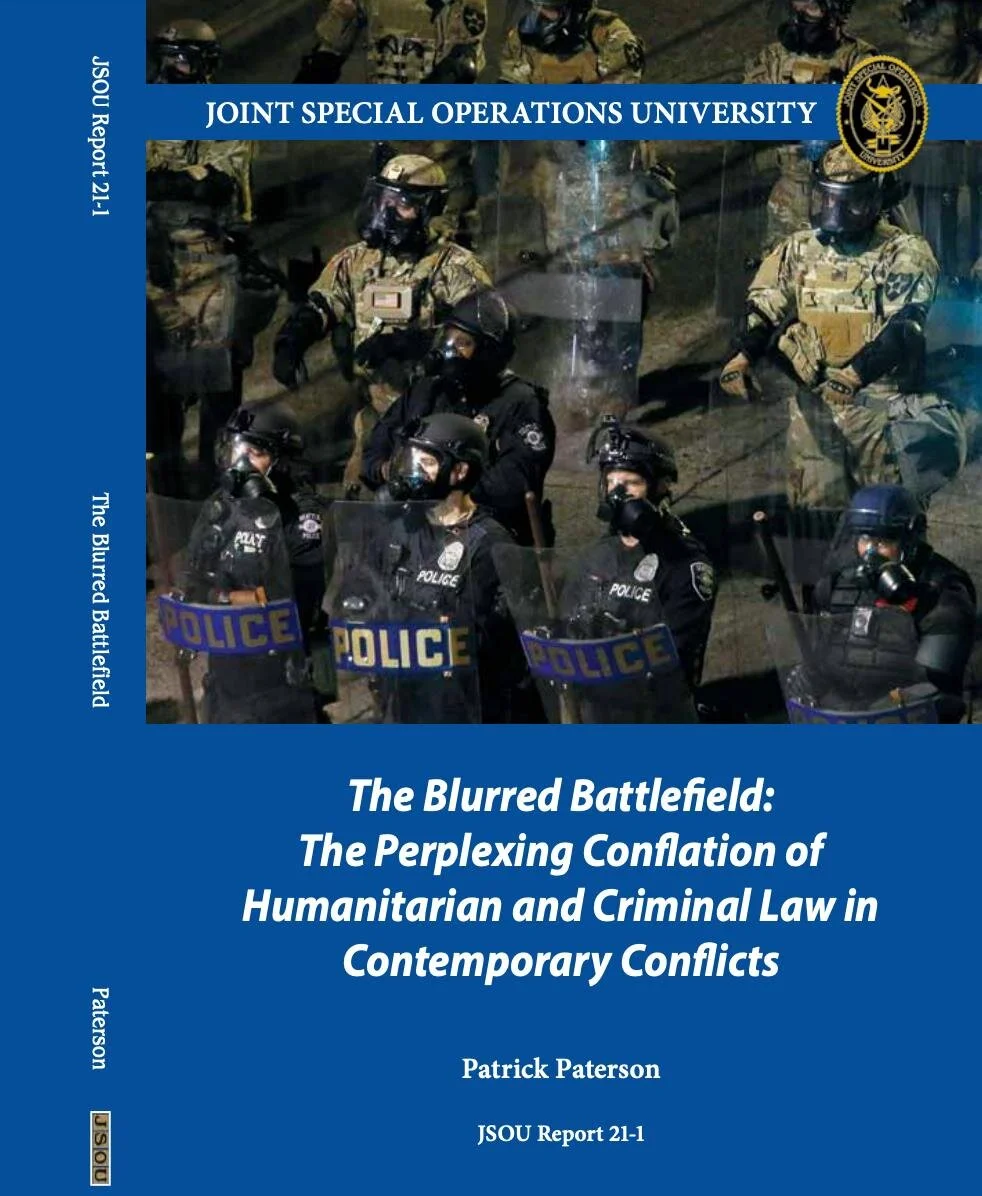At the end of the Cold War, the U.S. attempted to expand its international activism under Presidents Clinton and Bush, a foreign policy contrary to the country’s traditional proclivity for isolationism and neutrality. To varying degrees, the policies of both Presidents followed an idealist, liberal agenda rather the realism that normally guided U.S. leaders. By 2008, the failures of Clinton’s humanitarian intervention efforts and Bush’s nation-building attempts heightened the urgency of a foreign policy of restraint and disengagement. President Obama tried to implement a more reduced U.S. role in international politics by withdrawing forces from Iraq and by rebalancing toward Asia. Under President Trump, the U.S. will continue to withdraw from world events placing the liberal international order created in the western image at risk and generating a level of uncertainty that will have long term repercussions. There are a number of important takeaways in this history for students of foreign policy.
First, the U.S. has historically relied on geopolitical isolation and neutrality, a selective foreign policy that only changed after World War Two. After the end of the Cold War, U.S. leaders struggled between the tendencies of retrenchment and engagement. That debate continues today and serves as the principal fundamental strategic consideration for U.S. foreign policy.
Second, U.S. exceptionalism remains an important justification for unilateral action even 241 years after the U.S. was established. It serves as a guiding doctrine that determines U.S. action on international treaties and support for multilateral institutions such as the United Nations and the International Criminal Court.
Third, federalism and the separation of powers are part of an internal system of checks and balances that have important ramifications for U.S. foreign policy. Both states’ rights and growing autonomy of the Executive branch are vital determining factors in U.S. foreign policy.
Fourth, there are distinct differences between Democratic and Republican Presidential foreign policies. At the same time, there are mutual security and economic issues that are of interest to all U.S. leaders. Regardless of political party affiliation, all U.S. Presidents have made homeland security, the non-proliferation of weapons of mass destruction, the right for unilateral action, and maintaining U.S. military primacy foreign policy priorities.
Fifth, foreign aid since the start of the Cold War has been an important tool for overseas assistance. It provides important development and defense assistance to partner nations. Simultaneously, it serves U.S. national interests by strengthening U.S. allies, preventing the U.S. from getting involved in costly (in money and personnel) overseas military operations, bolsters the economic well-being of other countries, and stimulates the U.S. economically by providing prosperous international markets. Foreign aid under the Trump Administration may undergo serious reforms.
Last, the power of the U.S. executive branch has grown disproportionately strong in the past few decades. Presidents and his Cabinet members now enjoy executive privileges and authorities that protects them from Congressional scrutiny and provides a preponderance of authority different than that intended by the nation’s Founders. Most importantly, the ability to deploy the military rests nearly completely in the hands of the Commander in Chief.
This blog post is excerpted from a longer piece, The Origins of Foreign Policy, published as a Perry Center Occasional Paper on February, 2018.

